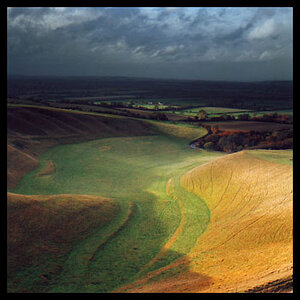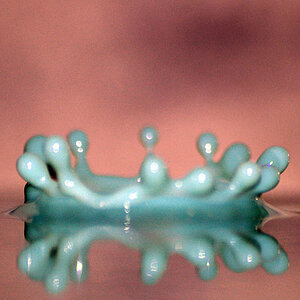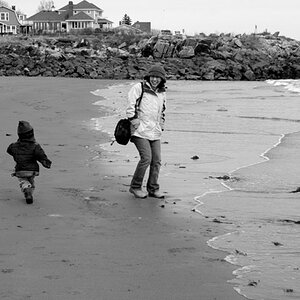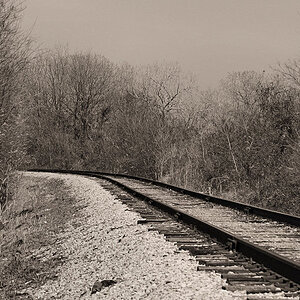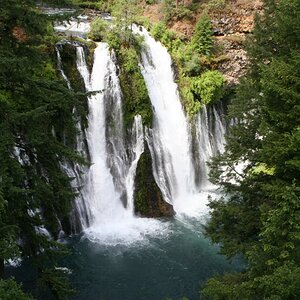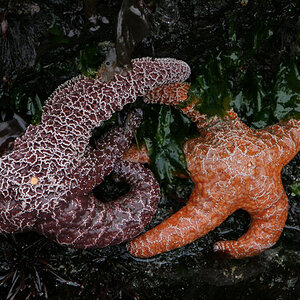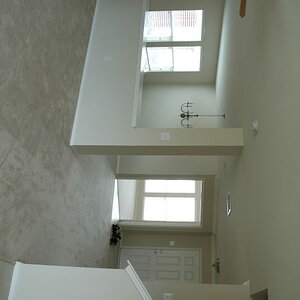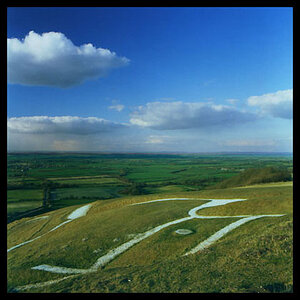hankejp
TPF Noob!
- Joined
- Aug 24, 2008
- Messages
- 608
- Reaction score
- 0
- Location
- Wausau, Wisconsin
- Can others edit my Photos
- Photos OK to edit
From what I read, the consensus is to have the flash off of your camera when shooting clubs/bars.
Is a flash bracket that answer for this or do you hold the flash in one hand and the camera in another? (Sort of Joking there.)
If a flash bracket is the answer, does anyone have a recommendation on one for a Nikon D90?
I'm struggling with my shots, and just want to be sure I'm using the right setup. I currently use the SB-600 hotshoed on my D90 with a Tammy 28-75 2.8
It just seems that if I use the flash, the photo doesn't seem to capture the atmosphere. If I don't use the flash and just try to use the stage lights, the photos are a little darker than I would like.
Here are some shots without the Flash:
ISO: 800
Exposure: 1/400 sec
Aperture: 2.8
Focal Length: 55mm
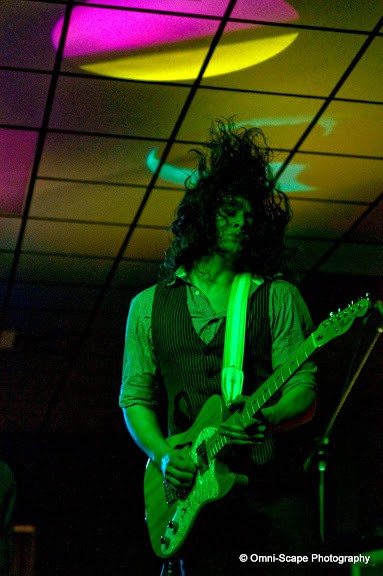
ISO: 1600
Exposure: 1/320 sec
Aperture: 2.8
Focal Length: 52mm
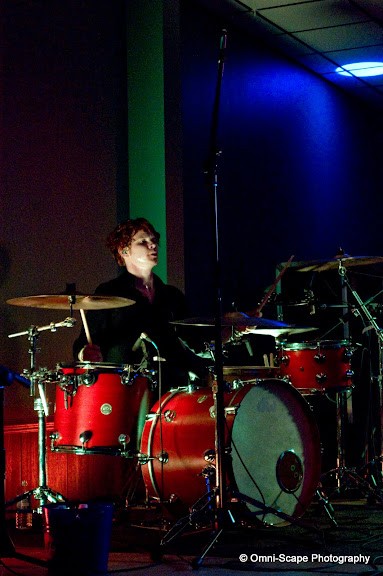
Thanks
Is a flash bracket that answer for this or do you hold the flash in one hand and the camera in another? (Sort of Joking there.)
If a flash bracket is the answer, does anyone have a recommendation on one for a Nikon D90?
I'm struggling with my shots, and just want to be sure I'm using the right setup. I currently use the SB-600 hotshoed on my D90 with a Tammy 28-75 2.8
It just seems that if I use the flash, the photo doesn't seem to capture the atmosphere. If I don't use the flash and just try to use the stage lights, the photos are a little darker than I would like.
Here are some shots without the Flash:
ISO: 800
Exposure: 1/400 sec
Aperture: 2.8
Focal Length: 55mm

ISO: 1600
Exposure: 1/320 sec
Aperture: 2.8
Focal Length: 52mm

Thanks


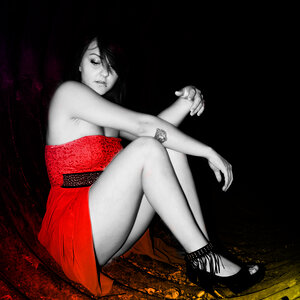
![[No title]](/data/xfmg/thumbnail/38/38750-dbafc867a1461ce200c2405640d537ec.jpg?1619738704)
